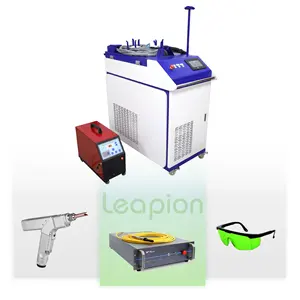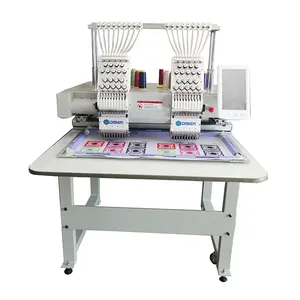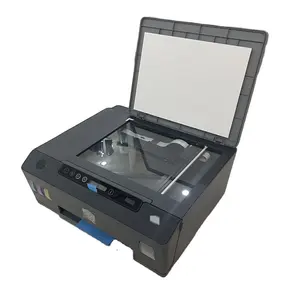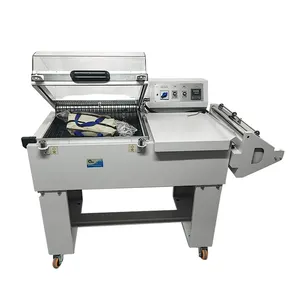Popular in your industry

















































Related Searches:



























































































































Top categories
About gas powered mig welder
Introduction
Welding is an art, a science, and a crucial part of many industries. But how can you take your welding projects to the next level? The answer lies in gas powered MIG welders. These versatile tools offer a unique blend of speed, efficiency, and quality, making them a favorite among hobbyists and professionals alike. This article will delve into the world of MIG welding, exploring its principles, benefits, and safety measures. We'll also discuss how to choose the right gas for your welder and how to revolutionize your welding projects with advanced technology. Lastly, we'll share a real-world case study showcasing the practical application of MIG welding.
Understanding Welding and MIG Welders
MIG welding, or gas metal arc welding (GMAW), is an arc welding process where a continuous solid wire electrode is fed through a welding gun into the weld pool, joining two base materials. A shielding gas is also sent through the welding gun to protect the weld pool from contamination. MIG welding is versatile, enabling hobbyists, artists, farmers, and DIY welders to make most types of fabrication and maintenance/repair welds on materials from 24-gauge up to 1/2-inch thick. It's also considered an easy process to learn, with most people becoming competent MIG welders by following basic advice.
Basics of Gas Powered MIG Welders
Gas powered MIG welders use a constant voltage power supply to create an electric arc that fuses the base metal with a filler wire continuously fed through the welding torch. An inert shielding gas is also fed through the gun, protecting the weld pool from atmospheric contamination. MIG welding is typically used for heavy-duty fabrication projects due to its speed and efficiency. The process begins with a pre-weld cleanup as MIG electrodes are not resistant to rust, dirt, oil, etc. The position, angle, and speed of the gun, as well as the mode of metal transfer, are crucial for successful MIG welding.
Benefits of Using a Gas Powered MIG Welder
Gas powered MIG welders offer numerous benefits. They are fast, thanks to the continuously-fed electrode, making them efficient for both novices and seasoned professionals. MIG welding is also easy to learn and use, with automated aspects simplifying the process. The quality of MIG welds is high, with no chance of entrapping slag due to its flux-free nature. MIG welding allows for long-pass welding, depositing more weld metal with each pass, saving time and increasing efficiency. It also offers great penetration on a wide range of metals, and fewer stops and starts due to the continuously-fed electrode.
Choosing the Right Gas for Your MIG Welder
Choosing the right gas for your MIG welder is crucial for achieving high-quality results. Different metals require different types of gases. A 75/25 argon and CO2 mix is often a good choice for most metals. Inert gases like argon and helium resist chemical reactions, ensuring less weld spatter. Carbon dioxide, a semi-inert gas, is cheaper and allows deep penetration into the metal when welding. However, it can lead to more weld spattering. A 'tri-mix' of helium, argon, and CO2 is ideal for stainless steel welding. Remember, the choice of gas can significantly impact the quality of your weld.
Safety Measures When Using a Gas Powered MIG Welder
Safety is paramount when using a gas powered MIG welder. Ensure proper grounding of the welding equipment to minimize the risk of electrical shocks. Regularly inspect and maintain your equipment to prevent fire hazards. Keep a fire extinguisher nearby for emergencies. Adequate ventilation is crucial to minimize exposure to harmful fumes. Wear appropriate protective gear, including masks, flame-resistant clothing, and safety gloves. Avoid confined spaces with limited ventilation and keep the work area clear of flammable substances.
Revolutionizing Your Welding Projects
Revolutionize your welding projects with the advanced automatic setting technology in gas powered MIG welders. This technology allows you to simply set the process, the material thickness, and wire diameter, and the machine adjusts the settings automatically. This not only enhances efficiency but also saves you time and money. The way you hold and move the gun is crucial to the quality and appearance of your welds. Experiment with subtle changes in the way you move the gun, paying close attention to how each change affects the weld. This can significantly improve the quality of your welding projects.
Case Studies: Successful Projects with Gas Powered MIG Welders
Meet a DIYer and home gym enthusiast who utilized his MIG welding skills to create a practical solution for a clutter-free workout space. This project showcases the real-world application of MIG welding, demonstrating how it can be used to bring creative ideas to life. Safety was prioritized throughout the process, emphasizing the importance of protective gear and a well-ventilated workspace when using a MIG welder.
Conclusion
Gas powered MIG welders have revolutionized the world of welding, offering a fast, efficient, and high-quality solution for a wide range of projects. From understanding the basics of MIG welding to choosing the right gas and implementing safety measures, this article has provided a comprehensive guide to getting the most out of your MIG welder. The automatic setting technology in these welders can further enhance your efficiency and save you time and money. The case study of a DIYer who successfully used MIG welding to create a practical solution for his home gym, is a testament to the power and versatility of MIG welding. So, whether you're a novice or a seasoned professional, a gas powered MIG welder can truly revolutionize your welding projects.





































































